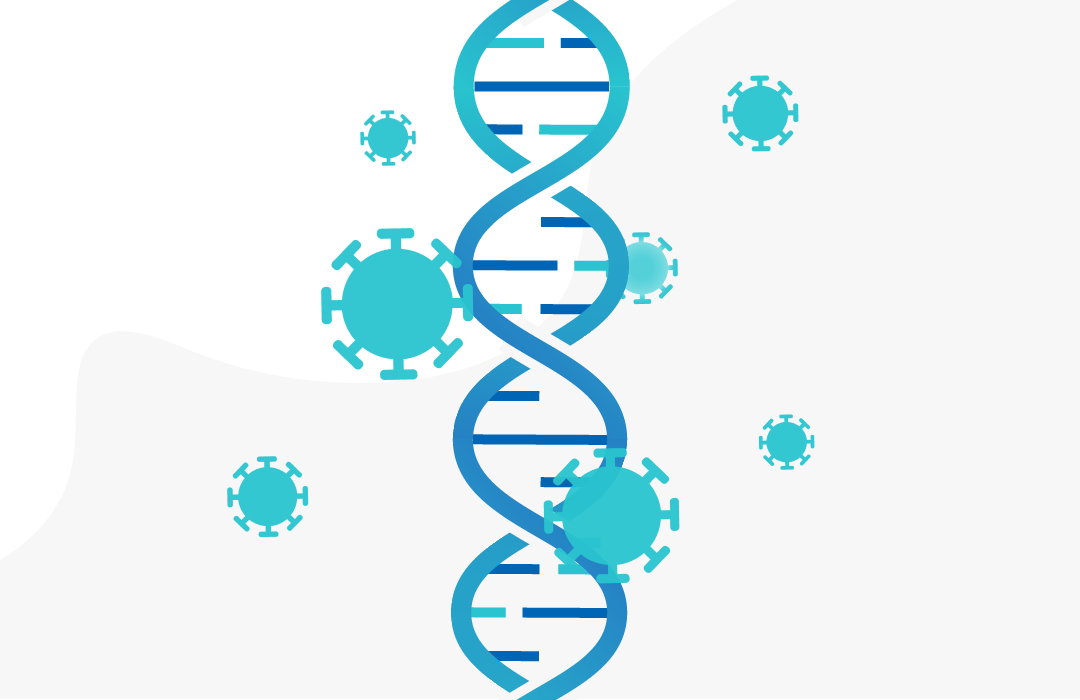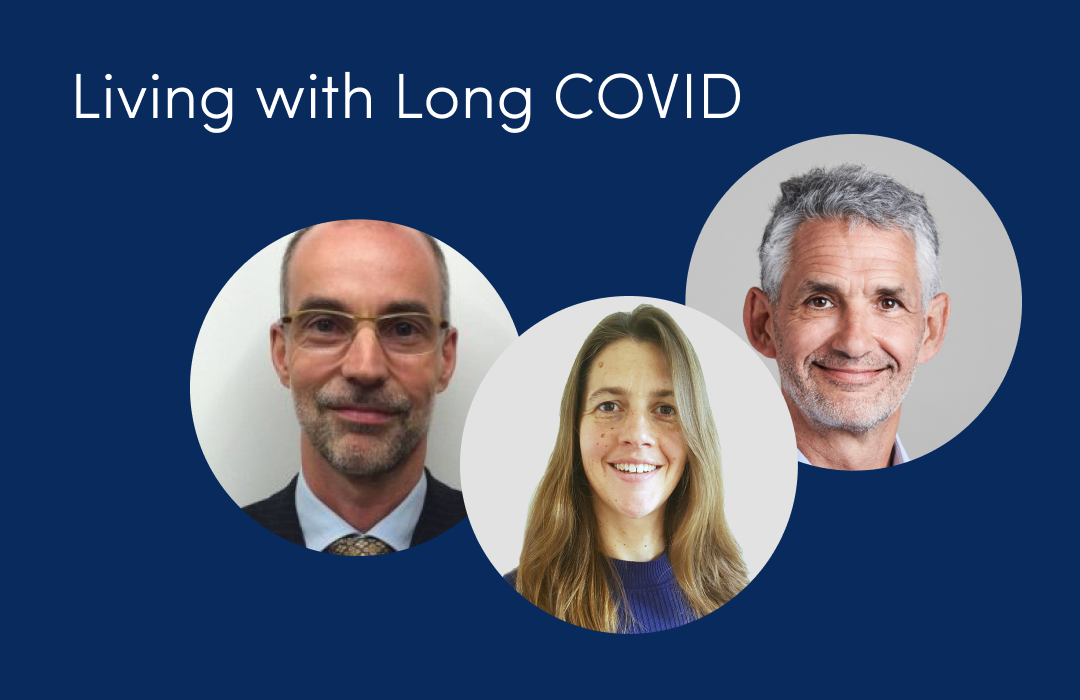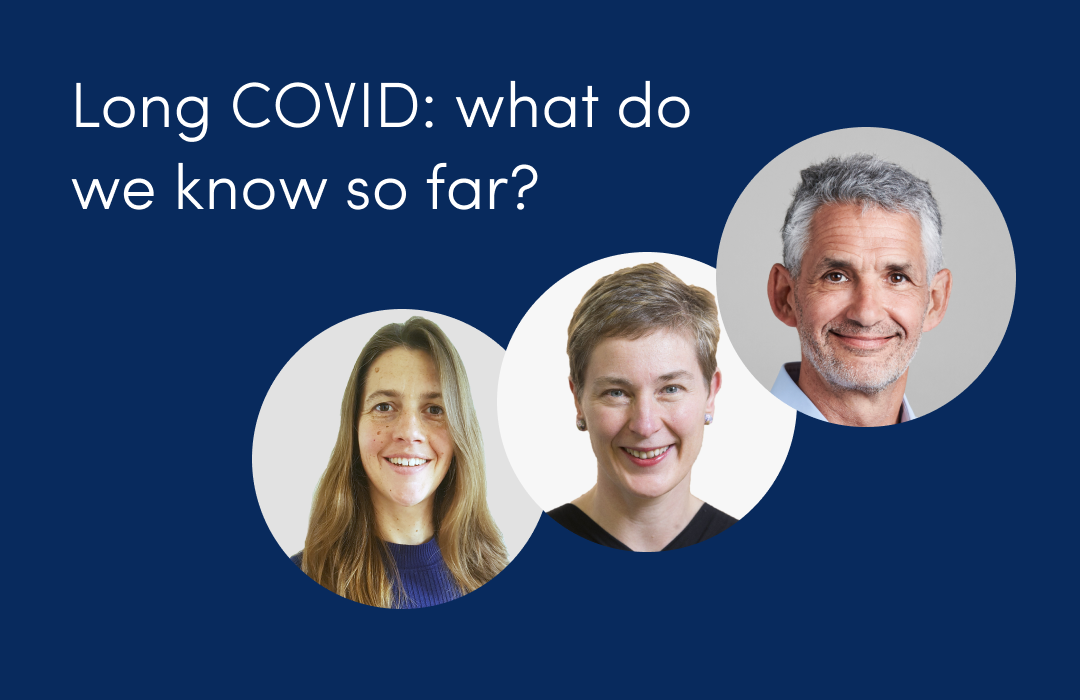%20(1).png)
COVID cases still on the rise and North South divide continues
October 9, 2020

This article has not been updated recently
According to the COVID Symptom Study (CSS) UK Infection Survey figures, there are currently, 21,903 daily new symptomatic cases of COVID in the UK on average over the two weeks up to 04 October (excluding care homes). This is an increase of 1,000 cases in the last seven days. This figure is based on the number of newly symptomatic app users per day, and the proportion of these who give positive swab tests. The latest figures were based on the data from 12,078 recent swab tests done between 20 September to 04 October.
The app’s data shows a big disparity between the North and South of England. There are more than five times more cases in the North compared to the South of England, with the most new cases being seen in North East and Yorkshire (5,425) followed by North West (5,248). The South of England data suggests that the second wave has yet to impact this region. Currently the new cases in South West and South East are still below a thousand daily (985 and 914 respectively). This supports a regional approach to restrictions. The top three areas of concern with one in 100 estimated people infected are around Glasgow, Nottingham and Sheffield according to our data.
The CSS UK Infection Survey R values for the UK are; England 1.0 , Scotland 1.1 and Wales 1.1. This is the second week in a row that the R values have come down. The R value of 1.0 in England is a positive sign that the upward trend that was seen a few weeks ago has slowed down, but is still rising.
The CSS UK Infection Survey has been running since early May when the COVID Symptom Study commenced the daily swab testing programme provided by the Test and Trace. The CSS has so far recorded over a million swab results from app users. The CCS UK Infection Survey estimates the number of current COVID-19 positive cases in the community based on the information logged by users in the app and the results from the swab testing programme. It identifies differences in numbers within the regions throughout the UK, and tracks the change in estimated cases over time. It is the largest survey of its kind in the UK, bigger than the ONS’s COVID-19 Infection Survey and the REACT study by Imperial College London.
The COVID Symptom Study app is a not-for-profit initiative that was launched at the end of March 2020 to support vital COVID-19 research. The app was launched by health science company ZOE with scientific analysis provided by King’s College London. With over 4 million contributors, the Study is the world’s largest ongoing Symptom study of COVID-19.
Tim Spector, Professor of Genetic Epidemiology at King's College London, comments:
“There are a lot of data sources out there and they are generally showing the same trends. Our data shows that rates are still rising but we have been seeing a slowing down nationally of the increase in daily new cases, which is reflected in the R values of 1 and 1.1. The data also show increasing regional differences with worst hit areas in the North of England still increasing rapidly- especially now Yorkshire and the North-East.
Our data is a number of days ahead of the other sources, which means we are an early warning system, unlike the figures on confirmed cases, which have a big lag and are prone to error. It’s good news that cases are slowing down, but we aren’t out of the woods yet, especially hospital admissions are starting to increase, which we predict will continue to do so over the next two weeks.
It’s unclear yet if local measures like the 10pm curfew have had a real impact but what is important is that people understand the risks in their area and the range of early symptoms found on the app. The key to get this virus back under control is to follow the guidelines around self isolation. If you think you might have COVID-19 stay at home, get better and help to keep others safe and stop the spread of this virus.”












.png)


.jpg)














.png)







%202.png)
.png)


















.png)






